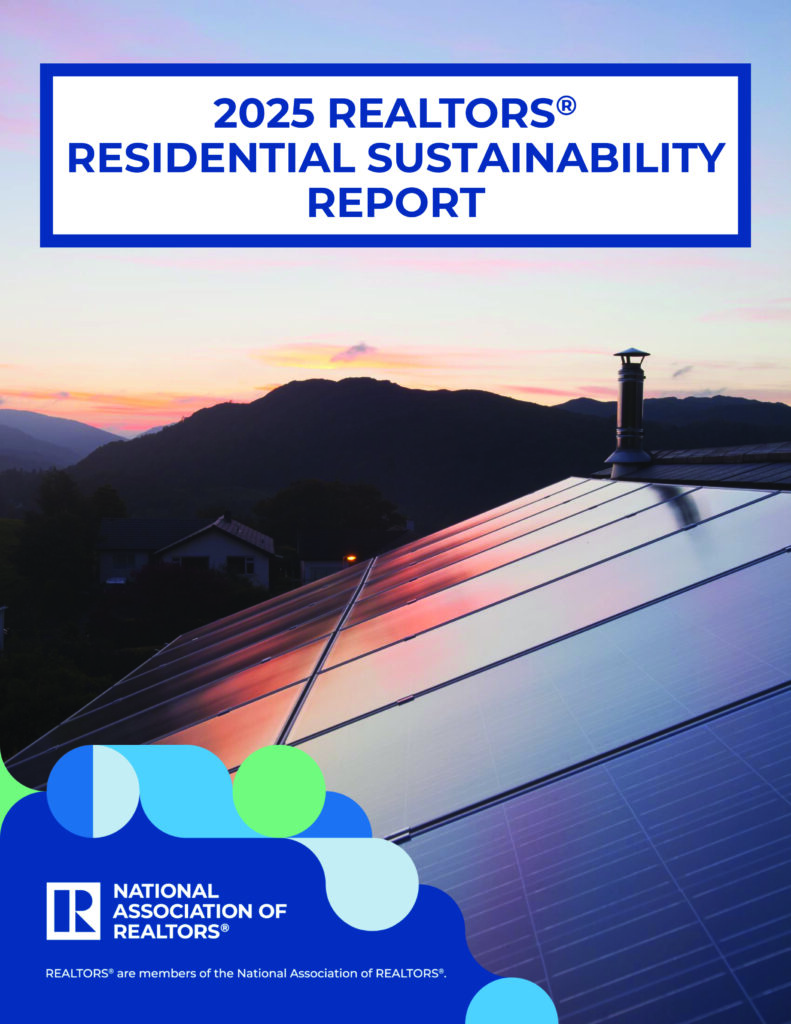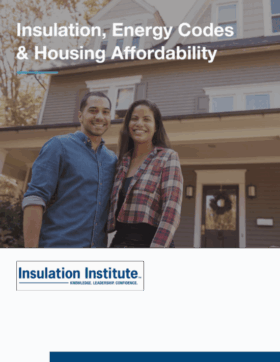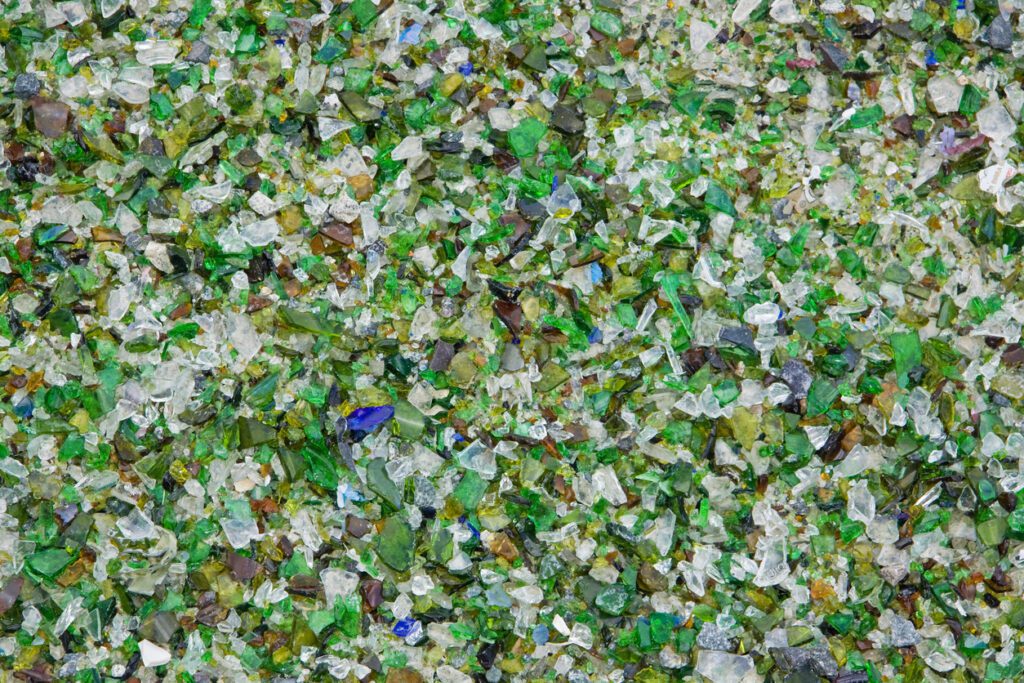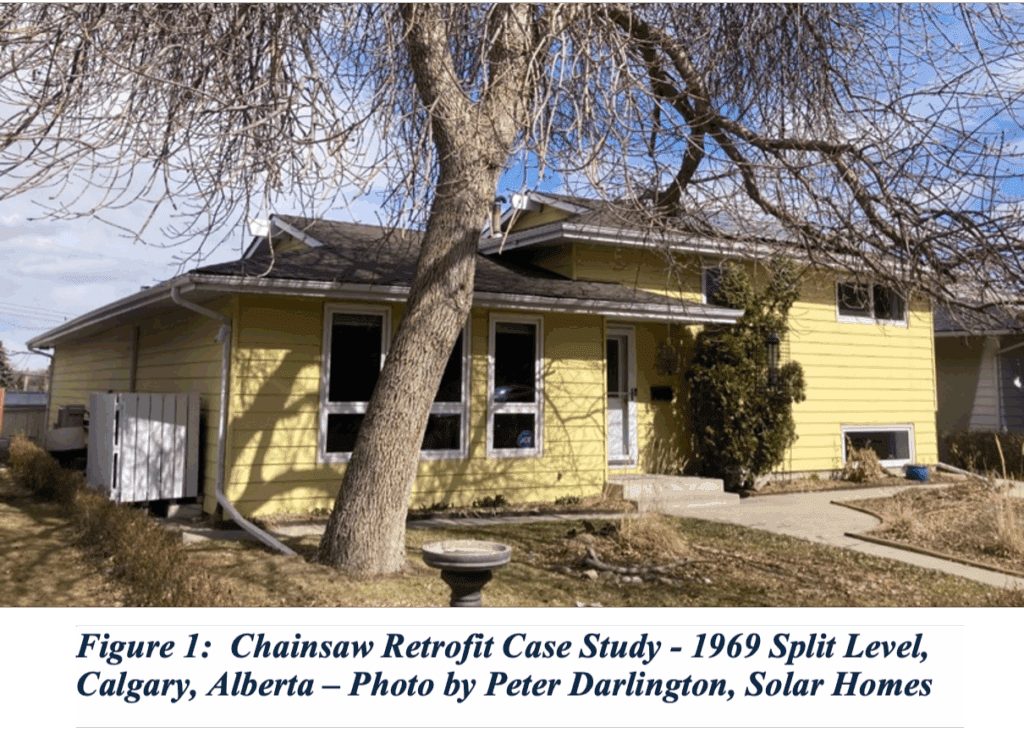“Strengthening building efficiency codes is an essential element of increasing resilience and improving health and safety,” concludes a new report from Just Solutions, a climate organization that works with communities disproportionately impacted by climate change to improve outcomes.
The report, released last month, urges the adoption of the 2021 IECC efficiency standards in new single-family construction, conducting more benefit-cost analyses of investments in building energy efficiency retrofits, increasing the passive survivability of homes, and committing to a holistic approach to resilience to mitigate the impacts of worsening climate extremes. The organization joins a long list of NGOs and for-profit companies, including Zillow, now advocating for increased resiliency in U.S. housing.
Details »
